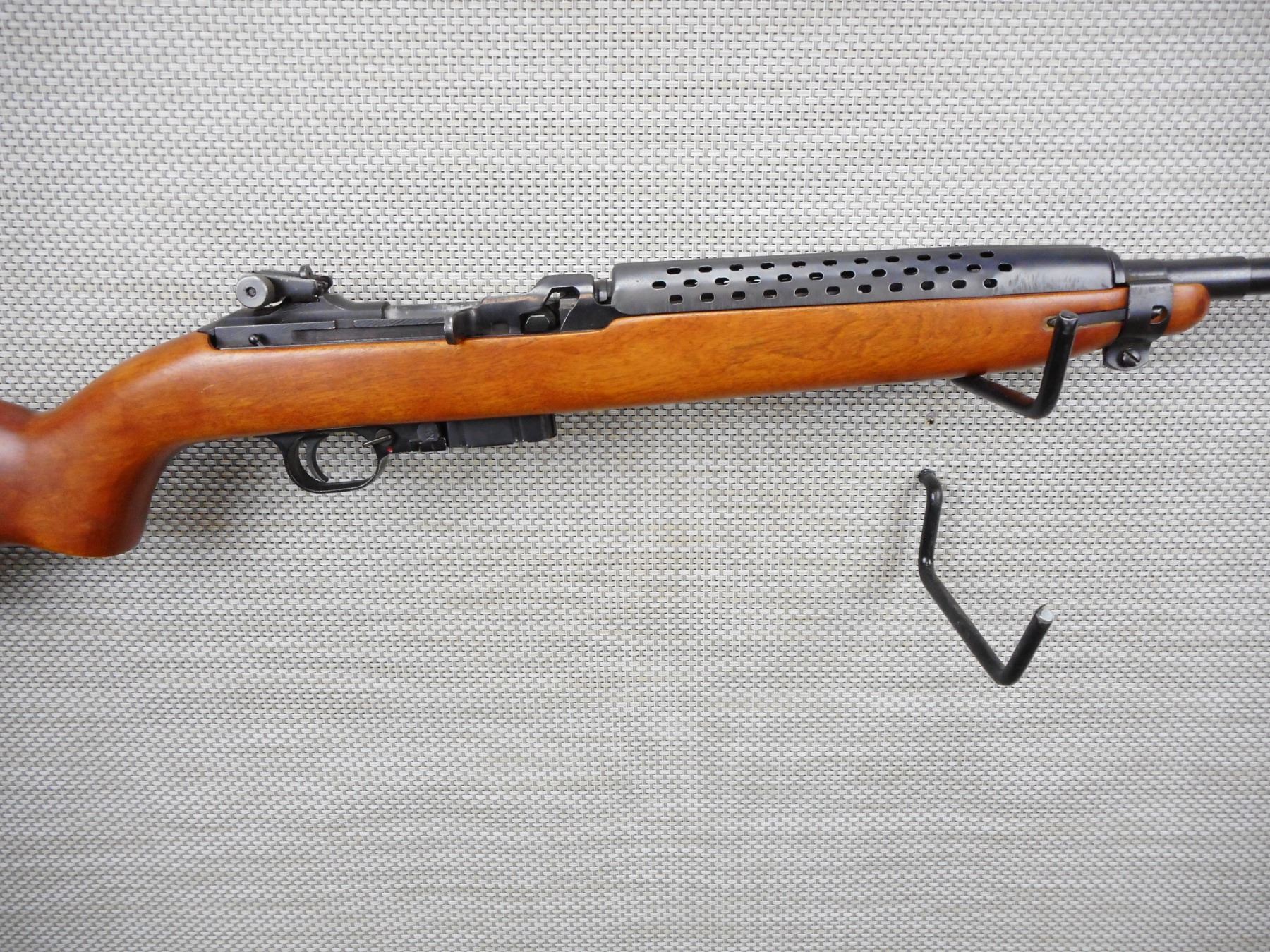

The original prototype was submitted by Winchester - built in just 13 days - and was a hit with military observers at the competition. This included everyone from cooks and vehicle crews to officers and airborne troopers. 30, M1 sprang from an Army Ordnance Board competition for a lightweight, semiautomatic firearm to be used by soldiers who didn’t require full-sized battle rifles. They offered us a test sample, and we jumped at the chance to see (and shoot) what was old, made new again. One of the less flashy, but more intriguing, releases we got this past year was a notice that MKS Supply, through their partnership with Inland Manufacturing, would begin selling newly manufactured M1 Carbines in several configurations. Throughout the year, we receive press releases at an amazing cyclic rate from all kinds of manufacturers. We love the newest, bestest gadgets as much as the rest of you, but it never hurts to take a look back and realize that “old” does not necessarily equal “obsolete.” We’ve covered plenty of the latest and greatest in these pages. SF I = SFM – Socièté de Metallurgy Franco-Belge a Issy-les-MoulineauxĬ = Compagnie Française des Métaux, CastelsarrasinīD = Les Fils de Victor Bidault & Cie, de Vitry sur SeineĬ = Compagnie Française des Métaux, de Castelsarrasinį = Tréfilerie et Laminoirs de la Mediteranee a Saint-Louis (Socièté Huart et Cie.There’s no doubt that the AR-15 platform has been a breeding ground for firearms innovation for well over a decade now.
30 calibre m1 carbine movie#
These two specimens are probably movie blanks WRA production during the Korean War, with 4 primer crimps. The star on the headstamp is noted during 1944-45 where the drawing process for the cases was changed by Winchester from the New Haven procedure to the East Alton plant layout. Normally cases were drilled, although this did not always happen in practice On Mathe tinning of cases was abandoned and normal brass cases were used but with a tinned bullet. Standardised (M1) dummy with tinned case and blind primer pocket This is the M18 Alternative HPT round with GMCS bullet This round was tested at Aberdeen Proving Ground in 1946-47 and gave a trace to a height of 300-350 feet. This specimen has a cellulose-acetate bullet with pyrotechnic charge. late in 1945 for the development of a signal cartridge for the 45 ACP. This was part of the effort when the Chief of Ordnance gave a contract to National Fireworks Co. This was the first headstamp that was used on the 30 M1 CarbineĮarly dummy load with wooden distance pieceĮarly dummy load with blackened case with small hole drilled and normal GM bullet This is the unfinished version of the experimental grenade blank (Fig. From 9 December 1943 onward, all cases were tinned.Įarly grenade blank, (unfinished) for the M9A1 Anti-Tank Rifle Grenade. Called the M16, it gave a visible trace up to 570 yards. The development of tracer rounds (T24) for the M1 Carbine started in August 1943 on the request of the British Forces in Burma. PETERS CARTRIDGE CO., KINGS MILL, OH, USA. Production at EC started in January 1943 with brass cased rounds and an E C 42 headstamp.ģ Petal T79 blank with red sealant for T12 blank firing tests at APG (HWS 3, p.101) The original name for this development was: Cartridge, Cal. Original cases were made from turned down 32 SLR cases. The development of the cartridge was given to Winchester, but all commercial manufacturers in the US developed weapons for it. bullet based on the SLR (Self Loading Rifle) principle. Development of the 30M1 started in September 1940 in the search for a light weight shoulder weapon with an effective range of up to 300 yards with a.


 0 kommentar(er)
0 kommentar(er)
